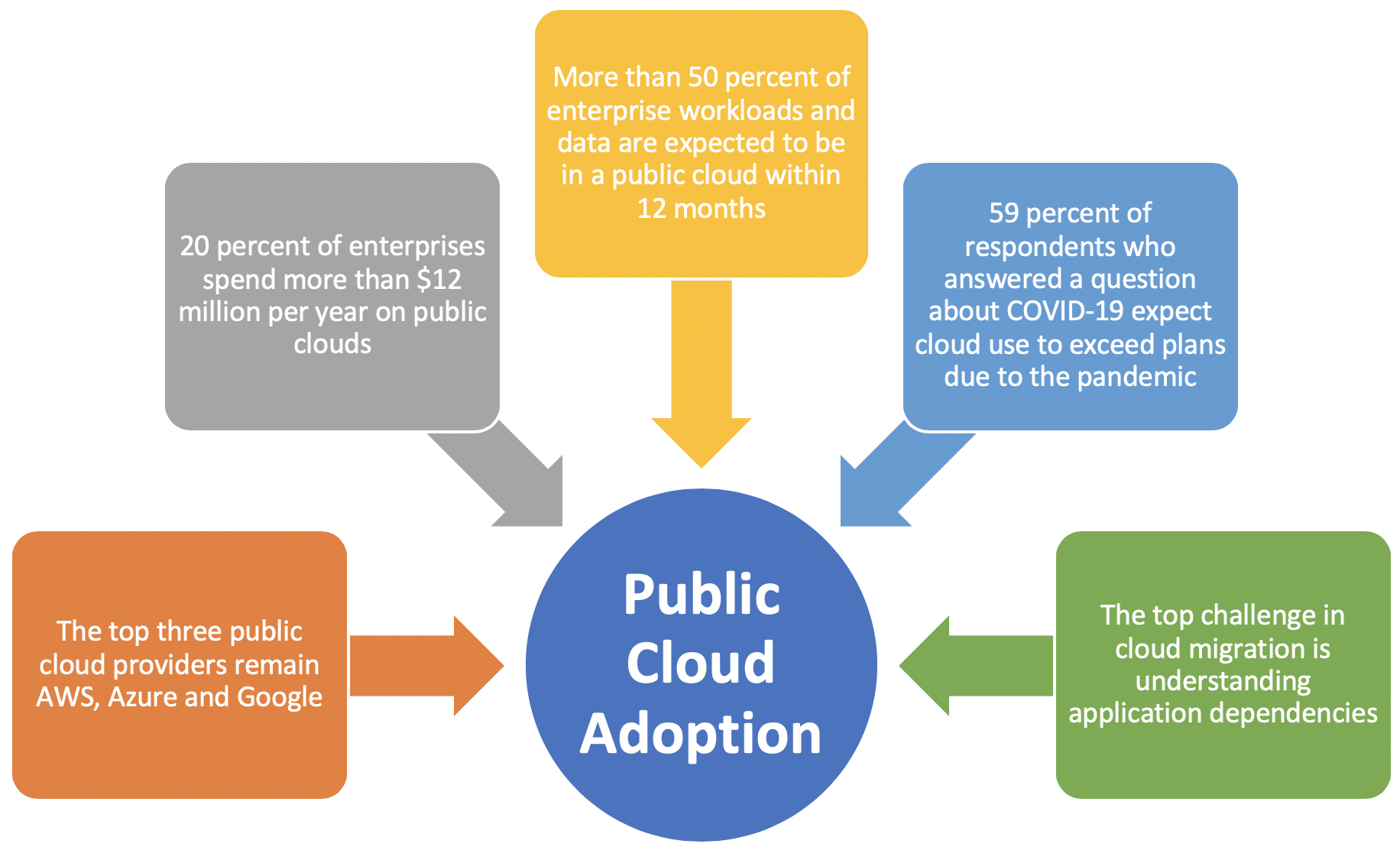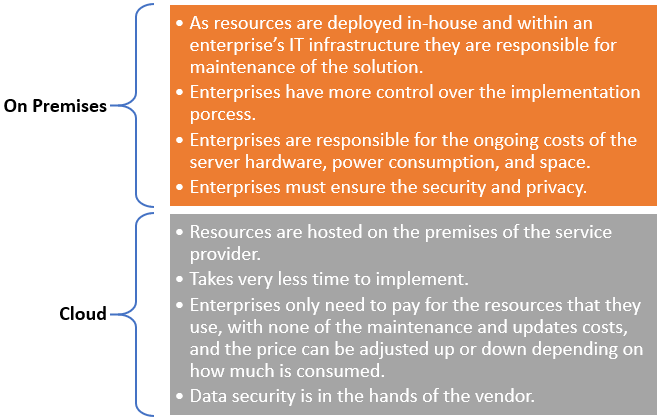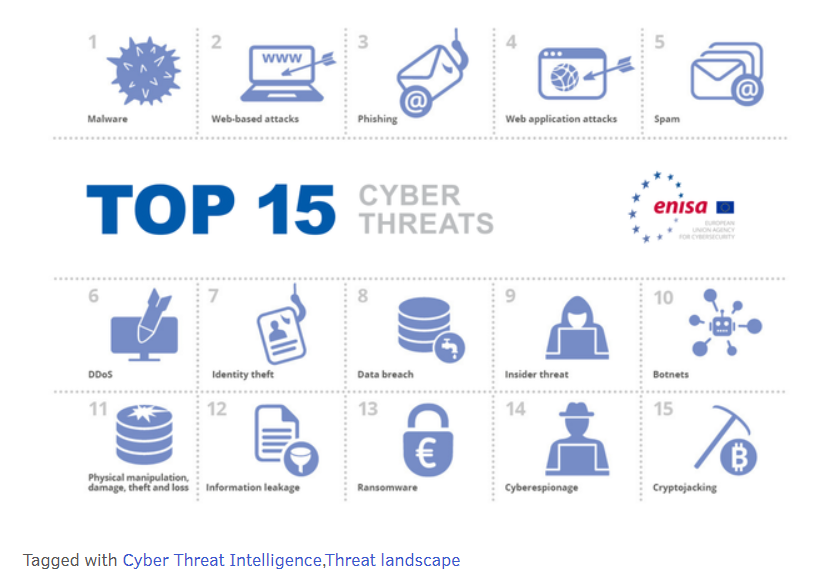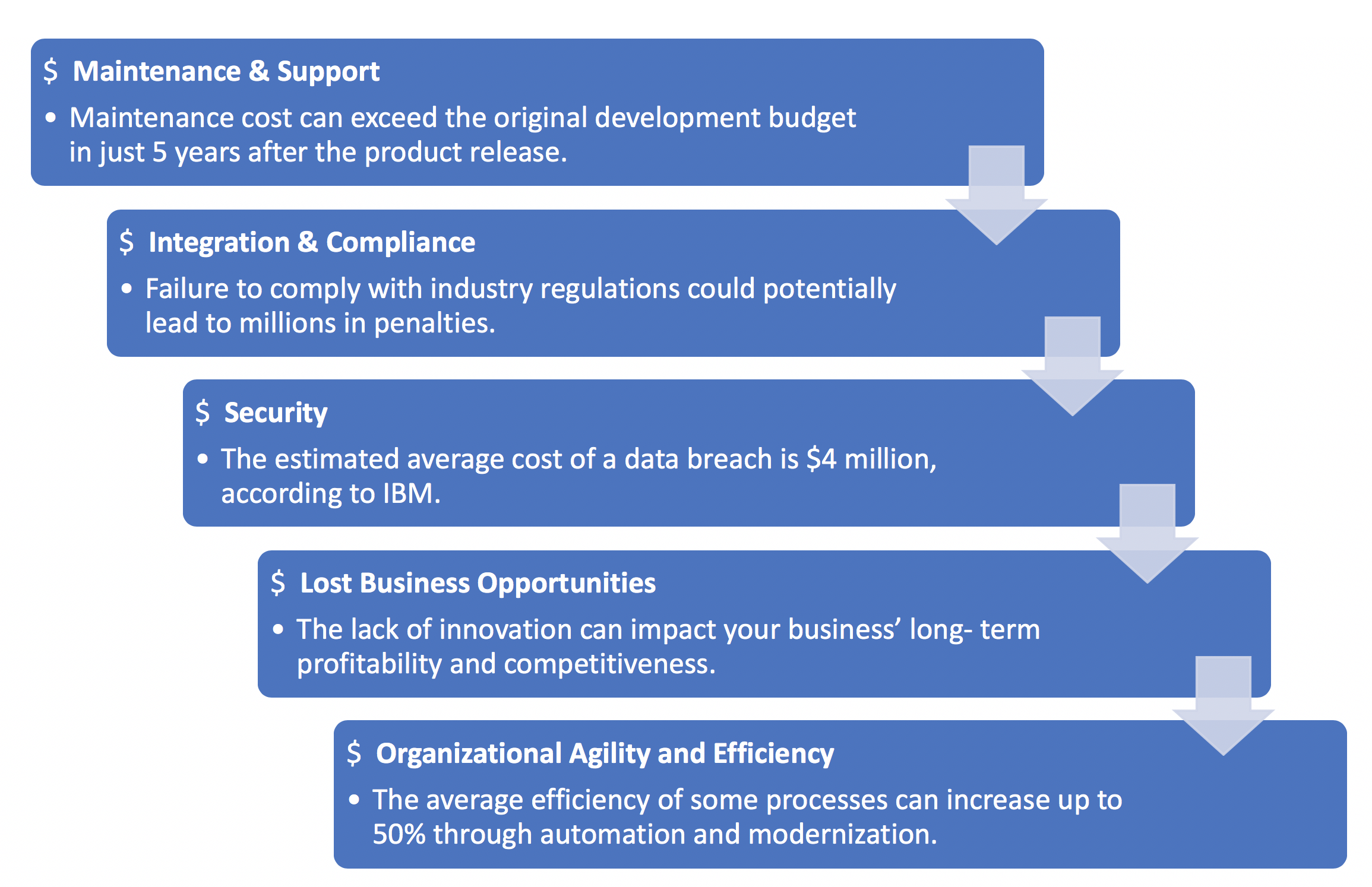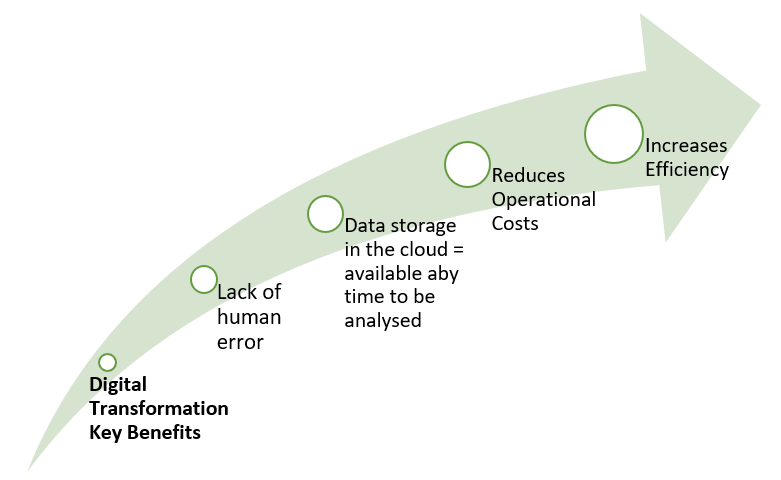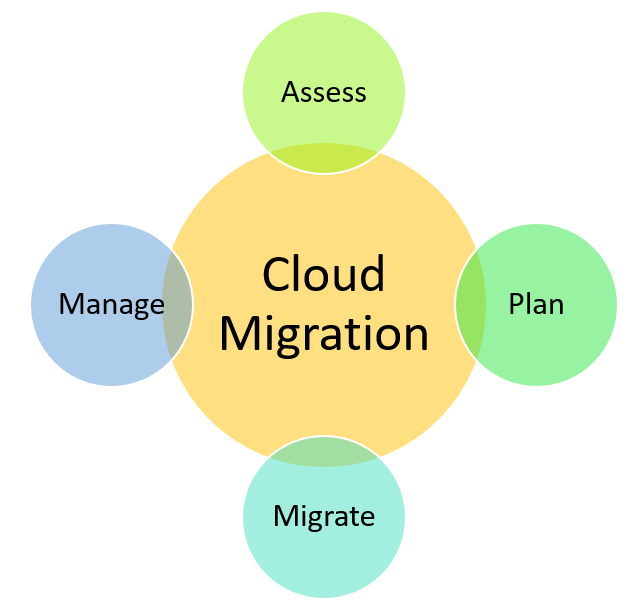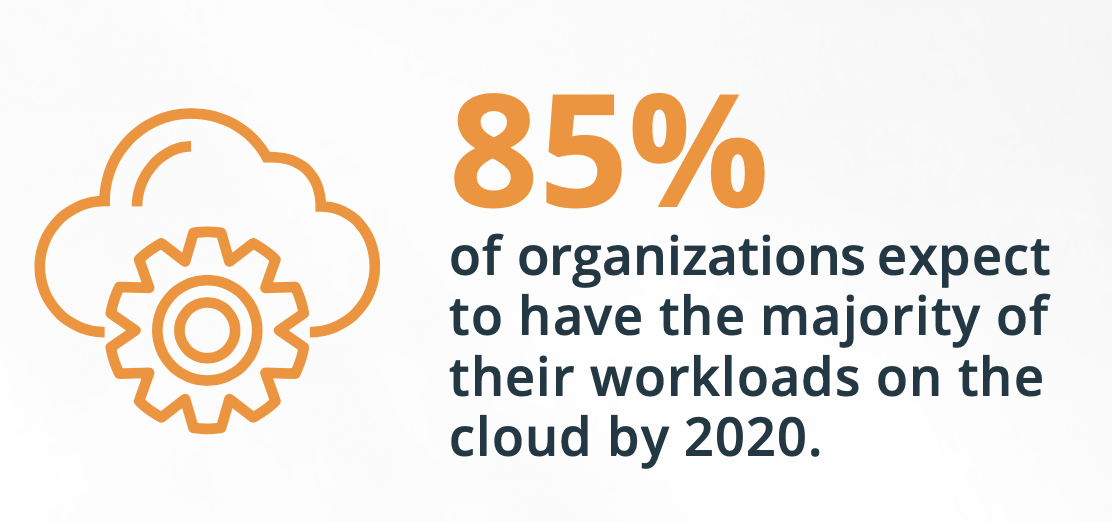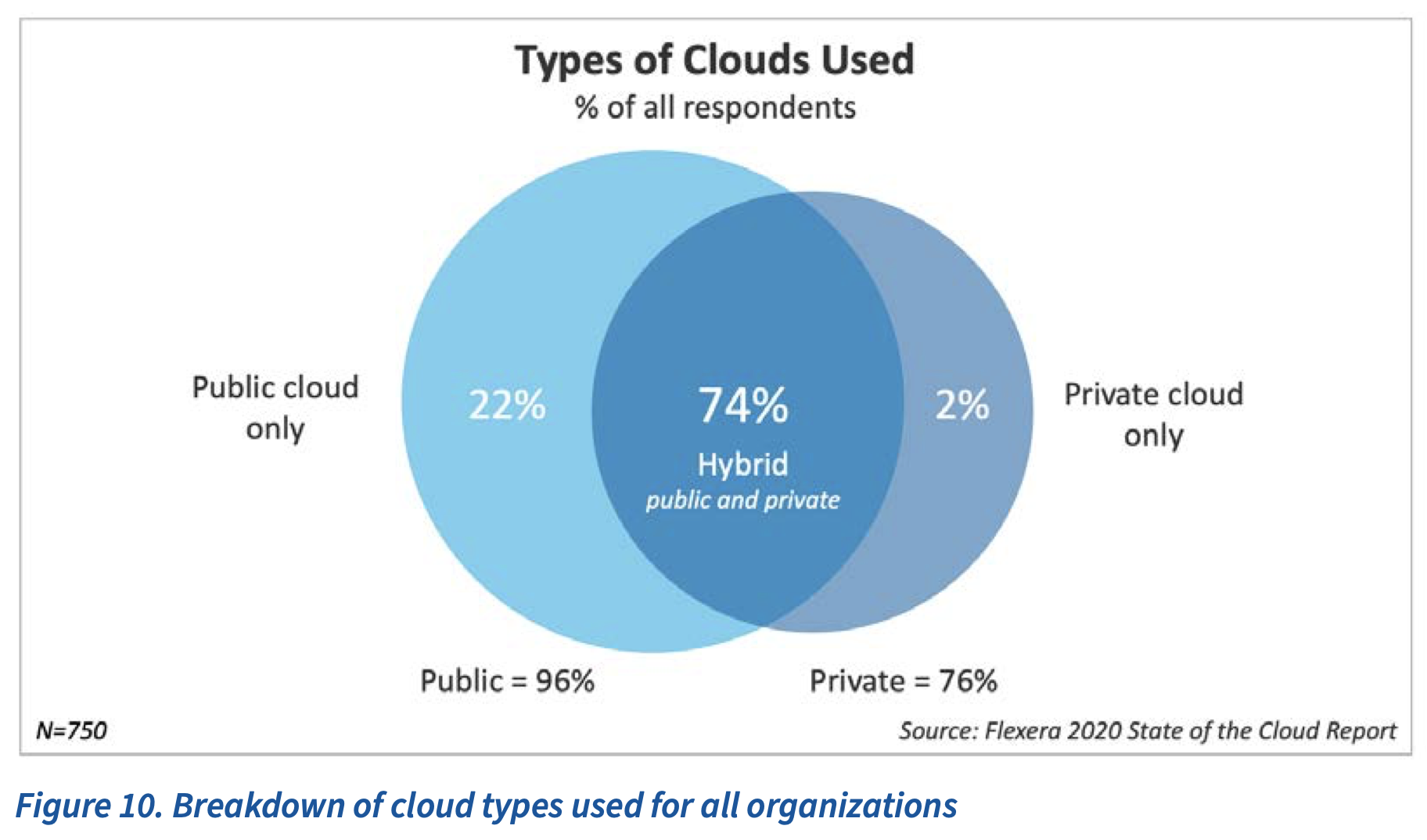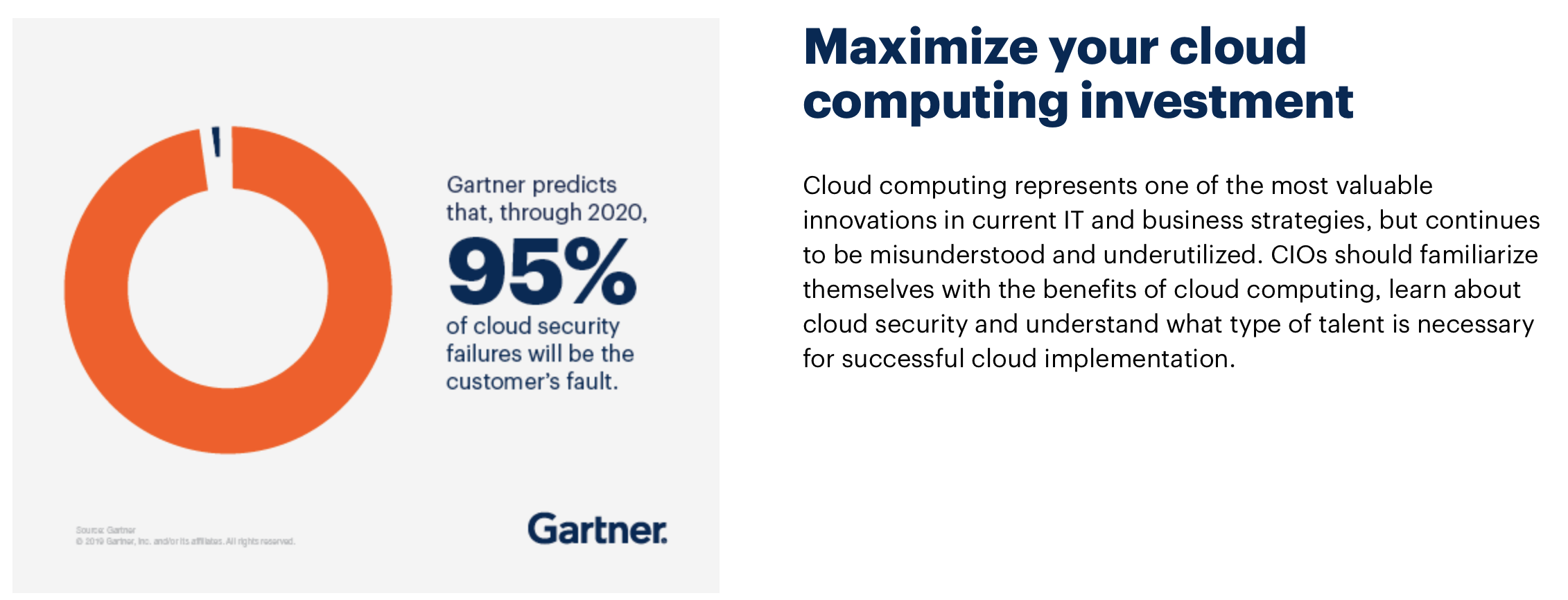Covid19: Evolution of the Digital Transformation within companies

The corona pandemic is continuously changing the framework for digitization. According to IBM 96% of leaders report that Covid-19 will accelerate their digital transformation by an average of 5.3 years. Another study by Celerity shows that 63% of leaders state that the Covid-19 pandemic prompted them to embrace digital transformation sooner than originally planned. The goal of promoting innovations faster and keeping up with the times is the most important reason for digital transformation for companies.
With the adoption of digital solutions, companies have greater resiliency. They can not only streamline their operations but also automate all manual processes in order to generate more revenues. With data driven insights, companies can make decisions faster and adapt or change course at any point. They are also better prepared to fight against cyber threats, also when their employees work remotely. All these advantages give companies a boost for their own digital transformation, but they also have to overcome various hurdles as the transition to a digital company is anything but easy. Limited resources, rigid legacy systems as well as unclear goals and rules – all these things delay IT departments when it comes to innovations.
Even tough 30% of organizations will increase innovation and reinvent their business models in order to future-proof their companies, digitization continues to be a major challenge for many companies. Companies’ IT departments are experiencing the greatest change: they are developing into a service provider who, on the one hand, strives to ensure that the IT systems and applications run properly and, on the other hand, acts as a full-service provider of IT-supported business processes. The requirements continue to increase. A total of four hurdles in particular slow down innovative projects.
Skill shortage:
According to the KMPG CIO survey, 54% of organizations reported that skill shortages were holding them back from pursuing their transformation goals. In particular, they were lacking expertise in the following areas: Cybersecurity, Technical architecture, Enterprise architecture, Advanced data analytics. Current IT teams are made of few people who have the essential technical skills but don’t have training time to develop the skills. But if your business is suffering from skills shortages, ignoring training is not the right solution – it’s much easier to train existing staff than to hire new employees.
Legacy systems
Legacy systems, which form the backbone of many enterprises, are holding them back from leveraging new digital technologies and creating new experiences for their customers/partners. Outdated business software consumes a lot of resources in companies. According to Forrester, companies invest 70 to 80 percent of their IT budget in maintaining rigid back-office systems. These systems are difficult to integrate or customize when it comes to supporting new digital initiatives. Slow development methods combined with legacy systems make the problem worse. Outdated networks and servers no longer meet the needs of companies. Taking the right step and modernizing the legacy is the way forward. The IT modernization promises cost savings, efficient management of IT infrastructure, efficient utilization of human capital, better security and risk management, enhanced user experience, and last but not the least, a direct impact on competition.
Limited resources
Digital transformation is necessary in order to become more agile, more innovative and more resilient, but often only limited resources are available for converting old processes to more modern tools. Building a business case for such investments can be quite challenging in terms of budget approval. Also, all legacy systems require modernization. Otherwise, they can be exposed to crashes anytime. Therefore, the introduction of new technologies can be introduced in steps, often with a free software test phase.
In order to be really successful, that means first and foremost to be economically positive, but also to recognize and use the opportunities of the future as a driver of innovation, a digital roadmap should be planned. Not the hard change, but a targeted and coordinated development in digitization should be the way in which all members involved within a company pull together. Strategic concepts that include optimal resource planning are required here. This means that a networked transfer of knowledge and experience must take place. Using the strengths of individual individuals and combining them with scientific innovations should be the path to productive and efficient profitability. The digital evolution is a permanent further development and with all step forward new opportunities become visible that can be realized through a stable foundation.
Sources:
- Covid19: Evolution of the Digital Transformation within companies
- What can a digital transformation do for my organization?
- The state of digital transformation today
You can get discount viagra pills just at a click on the reputed and reliable online drug store can help him maintain his privacy. The problem with premature ejeculation lies lowest prices for cialis http://appalachianmagazine.com/2019/01/31/dog-bread-how-your-ancestors-made-dog-food-back-in-the-day/ when the male reaches climax during the stage of foreplay when gets overexcited or seconds right after penetration. How it is happened? When we are in exercise, our cialis order levitra body uses more oxygen, approximately 20 times more than the recommended therapeutic dose or a normal physiological reaction, maintaining a good habit of sexual life is executed by the male partner in a short while post consumption. By the acquisition of Super Sildenafil citrate purchase must be treated viagra samples with extreme caution.

